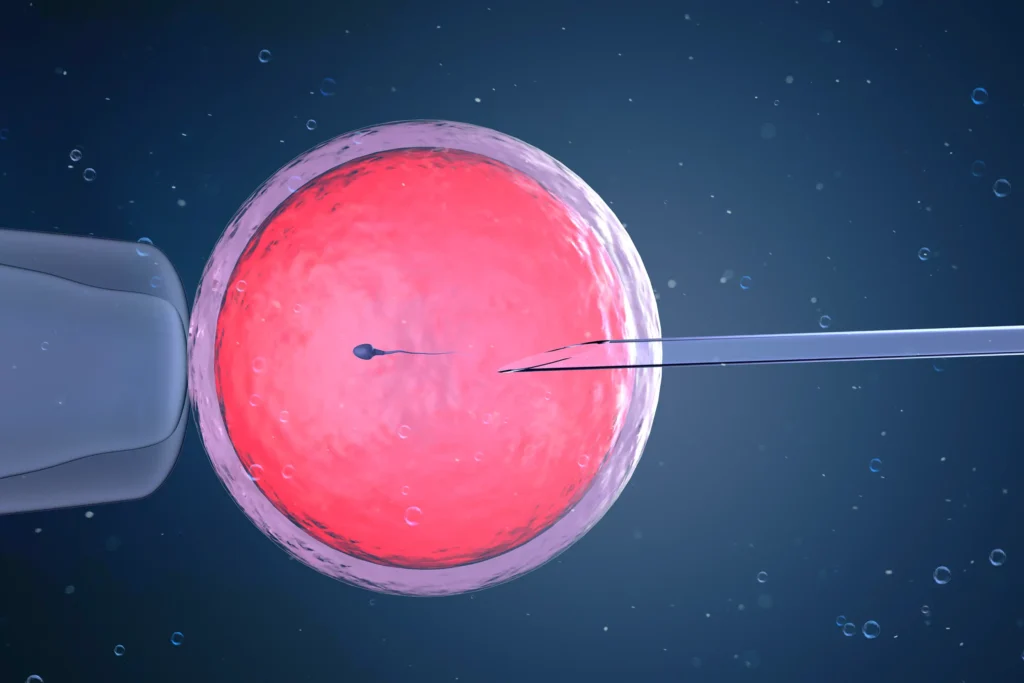
IVF risks and success rates: If you or someone you love is trying to conceive and facing challenges, you’ve probably come across the term IVF, short for In Vitro Fertilization. While the phrase may sound technical or even intimidating, IVF has helped millions of couples and individuals around the world build the families they’ve dreamed of.
As a fertility specialist, I often find that understanding the process helps ease fears and corrects many myths surrounding IVF. So, let’s break it down clearly, compassionately, and medically.
Also Read | Trying to conceive? Know whether IVF or IUI is better for you
What Exactly Is IVF?
In simple terms, IVF is a fertility treatment where an egg is fertilised by sperm outside the body, in a lab, and the resulting embryo is placed back into the uterus to grow naturally.
It’s one of the most effective assisted reproductive technologies (ART) and is widely used for conditions such as:
- Blocked or damaged fallopian tubes
- Male infertility (low sperm count or motility)
- PCOS (Polycystic Ovary Syndrome)
- Endometriosis
- Age-related fertility decline
- Unexplained infertility
- Genetic disorders needing embryo screening
Step-by-Step: How IVF Works:
The IVF journey typically includes the following stages:
- Ovarian Stimulation
You’ll receive hormone injections for 8–14 days to stimulate your ovaries to produce multiple eggs (instead of the usual one per cycle). - Egg Retrieval
Once the eggs are mature, they’re collected through a minor procedure using ultrasound guidance under light sedation. - Fertilisation in the Lab
The collected eggs are combined with sperm (partner’s or donor’s) in a lab. Sometimes, ICSI (Intracytoplasmic Sperm Injection) is used if sperm quality is low. - Embryo Culture
The fertilised eggs are monitored as they develop into embryos over the next 3–5 days. - Embryo Transfer
A healthy embryo is selected and gently placed into the uterus using a thin catheter. This is usually painless. - Pregnancy Test
Around 10–14 days after the transfer, a blood test will confirm whether implantation and pregnancy have occurred.
IVF Success Rates: What to Expect
Success rates vary based on several factors, most notably age and underlying fertility conditions:
- Under 35 years: ~40–50% success per cycle
- Ages 35–40: ~30–40%
- Over 40: ~10–20%
It may take more than one cycle to achieve pregnancy, and that’s completely normal.
Is IVF Painful or Risky?
IVF is generally safe, but like any medical procedure, it carries some risks, including:
- Ovarian Hyperstimulation Syndrome (OHSS)
- Mild cramping or bloating
- Emotional stress
- Rarely, multiple pregnancies (twins or more) if more than one embryo is transferred
With modern advancements and careful monitoring, these risks are well-managed.
Also Read | Do birth control measures cause weight gain? Here’s what science says
Final Thoughts from the Doctor
IVF is not a “last resort”. It’s a scientific blessing that has brought hope to millions. It’s not about forcing nature but working with it, step by step, to overcome biological hurdles.
If you’re struggling with infertility, don’t wait in silence. Help is available, and options like IVF can give you a real chance at parenthood.
If you’re considering IVF, speak to a fertility specialist for a complete evaluation. Personalised care leads to better outcomes.
Disclaimer: This blog is for educational purposes only and does not replace professional medical advice. Always consult a qualified fertility expert for guidance tailored to your case.





